How to Secure Your Domain Name Against Theft or Loss of Control?
A domain name is one of the most valuable digital assets of any individual, business, or organization that owns a website. In the digital age, when all business operations, promotions, and customer interactions depend on websites, losing control of a domain name can cause serious damage: from losing customers and data to SEO ranking drops and loss of online brand.
In this article by MIMADIGI, you'll learn in detail about the reasons why domain names are stolen, common forms of attack, and comprehensive domain security solutions. Whether you're a beginner or a system administrator, this will be an important guide to protect your digital assets from any unwanted risks.

Why is Domain Name Security So Important?
A domain name is more than just a web address. It is:
- The official access address of the brand on the internet
- The gateway for business emails (in the form of contact@yourdomain.com)
- The platform for all SEO, marketing, and online advertising activities
- A part of brand equity
Losing ownership of a domain name is like losing the key to your store, data warehouse, or even your business reputation.
Risks That Lead to Domain Name Theft or Loss of Control
Many people lose their domain names due to simple mistakes without knowing it. Here are the most common reasons for losing domain ownership:
Errors by the Administrator
- Failing to renew the domain name on time
- Using an insecure email to manage the domain
- Revealing domain administration account information
- Sharing the account with too many untrustworthy people
Technical Errors
- Incorrectly configured DNS, creating opportunities for hackers to seize control of redirection
- The domain name is not transfer locked
- Not activating two-factor authentication (2FA) for the domain management account
Attacks from Hackers or Competitors
- Phishing: impersonating the provider's email to obtain passwords
- Social engineering: exploiting loopholes in the technical department
- Compromising the administrator's email and accessing the domain system

Signs That Your Domain Name Is Under Threat
Unable to log in to the domain management account
Business emails cannot be sent/received
Website is redirected to a strange page
Google Search Console reports access errors or security warnings
Loss of control over DNS or unauthorized changes to WHOIS information
When you notice any of the above signs, you need to act immediately to save your domain before it's too late.
How to Secure Your Domain Name Against Theft or Loss of Control
Always Lock Your Domain (Domain Lock / Transfer Lock)
When a domain is locked, hackers cannot arbitrarily transfer the domain to another registrar. Most reputable providers have this feature, and you should turn it on immediately after purchasing the domain.
Activate 2-Step Verification (2FA) for the Administration Account
Adding a layer of verification (via OTP, authentication app) will prevent unauthorized access, even if they have the password.
Use a Separate, Highly Secure Email to Manage the Domain
Do not use common emails or emails shared with many people. Prioritize Gmail with 2FA enabled or business emails with high security.
Renew Your Domain on Time, Avoid Automatic Expiration
Set up automatic renewal and check the payment method periodically to ensure you don't lose control due to forgetting to renew.
Hide WHOIS Information if Necessary
Hiding personal information from the WHOIS database helps prevent targeted phishing attacks.
Choose a Reputable Domain Provider
Do not register domain names on platforms of unclear origin. Choose registrars recognized by ICANN and have good support services.
Update DNS Carefully
Always double-check DNS records before updating. Do not share DNS administration rights unless necessary.

Common Domain Name Attack Methods Today
DNS Attacks (DNS Hijacking)
Hackers can change DNS records to redirect users to a fake website, thereby stealing login information, bank accounts, or spreading malware.
DNS Hijacking usually occurs when:
- The DNS management account is compromised
- The DNS provider is attacked
- The network connection is eavesdropped on (Man-in-the-middle)
Phishing Targeting Domain Administrators
Attackers send fake emails from the domain registrar, asking to confirm information or log in to a fake link to obtain domain management passwords.
Social Engineering
This is a form of social engineering fraud: hackers try to contact the domain provider's customer support, pretending to be the owner to request account recovery or domain transfer.
Domain Slamming
Scammers send "domain renewal" invitations from another provider, causing users to misunderstand and perform actions to transfer the domain to an unwanted location.
ICANN Policy on Domain Transfers
ICANN (Internet Corporation for Assigned Names and Numbers) has issued several regulations to protect domain owners from unauthorized transfers:
- The domain cannot be transferred within 60 days from the date of registration or the date of change of ownership information
- Confirmation via administrative email is required before transfer
- The EPP (Authorization Code) is mandatory and only the owner can request it
However, many hackers exploit vulnerabilities in email or steal the EPP code to perform sneaky domain transfers. Therefore, you should lock domain transfer and monitor all change requests.
The Importance of Managing WHOIS Information Correctly
- WHOIS is a public system of domain information including:
- Owner's name
- Management email
- Registration and expiration date
- Provider
If the WHOIS displays incorrect, outdated information, or the email is no longer in use, you will have difficulty verifying ownership in the event of an incident. Please regularly:
- Update the correct email
- Use WHOIS Privacy if you do not want to disclose information
- Store a copy of the domain registration contract

Tools & Services to Support Domain Name Security
DNSSEC – Domain Name System Security Extensions
DNSSEC is a DNS security standard that helps authenticate DNS queries, preventing spoofing attacks. Ask your domain provider to enable this feature.
Registry Lock – Registrar-level lock
This is a higher level of domain security, requiring verification through multiple steps before making any changes to the domain.
WHOIS Monitoring / Domain Monitoring Services
Receive notifications if there are unusual changes in WHOIS information, domain status, or if someone tries to register a domain name that is very similar.
What to Do When Your Domain Name Is Attacked or Lost?
- Contact your domain provider immediately
- Report the incident to the management agency (such as ICANN or VNNIC)
- Request to lock the domain name and verify identity
- Send notifications to customers if it affects the website/email
- Coordinate with technicians to regain access to DNS and administration
Common Mistakes in Domain Name Security
- Using the same password for email and domain name accounts
- Not enabling 2FA because it is considered "troublesome"
- Using free or bundled domain names from unreliable platforms
- Allowing multiple people to access domain administration rights
Domain Name Security Checklist for Every Business
✅ Domain name is transfer locked
✅ Administration email has 2-layer authentication enabled
✅ Automatic renewal is enabled
✅ Do not share administration accounts with strangers
✅ Check WHOIS periodically
✅ DNS is protected and strictly controlled
✅ Register domain names at reputable providers

Why Is Domain Name Security a Top Priority in Digital Transformation?
In the process of digital transformation, many businesses focus on investing in websites, CRM systems, email marketing... but neglect domain name security - a core element that can collapse the entire online platform if an incident occurs.
Domain name security is not just about fighting hackers. It is also about:
- Preventing brand impersonation through malicious subdomains
- Ensuring that access to the website is accurate and not misdirected
- Protecting communication channels (domain-based emails) from data leaks
- Maintaining SEO credibility and avoiding being demoted due to loss of control
Especially for businesses that provide online services, e-commerce, digital banking, fintech..., domain name security is the first and mandatory step to building trust with customers.
Common Mistakes When Securing Domain Names
Here are some common mistakes that cause the domain name security process to be overlooked or ignored:
- Only securing the website (HTTPS, firewall) without managing the domain carefully
- Using the same account to manage domain names, hosting, and email
- Not monitoring unusual changes to DNS or WHOIS information
- Not having dedicated personnel to monitor and periodically check the domain name status
- Not registering secondary domains (suffixes .net, .co, .vn...) to protect the brand from being registered impersonally
- These errors not only affect domain name security but also increase the risk of being exploited by competitors or hackers.
When Should You Hire Professional Services to Secure Your Domain Name?
Securing your domain name yourself is entirely feasible if you have basic technical knowledge. However, for large businesses, multinational organizations, or units that need to operate 24/7, hiring a third party to manage and monitor the domain will bring great benefits:
- Monitoring 24/7 for unusual changes
- Performing periodic backups of DNS records
- Supporting quick domain recovery in case of an incident
- Updating the latest ICANN and VNNIC policies to avoid violating regulations
MIMADIGI currently offers comprehensive domain name security service packages, including:
- Registry Lock
- Integrated DNSSEC
- WHOIS Privacy
- 24/7 domain monitoring
- Multi-level technical lock
Contact Information for Consulting on Domain Name Security and Management
- MIMA Trading and Service Company Limited
- Address: 31/3B Hamlet Thoi Tu 1, Dong Thanh Commune, Ho Chi Minh City, Vietnam
- Hotline: 0909 035 333
- Website: https://mimadigi.com
- Email: info@mimadigi.com


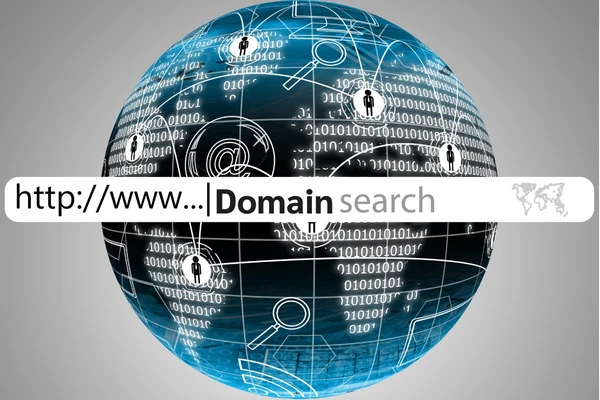
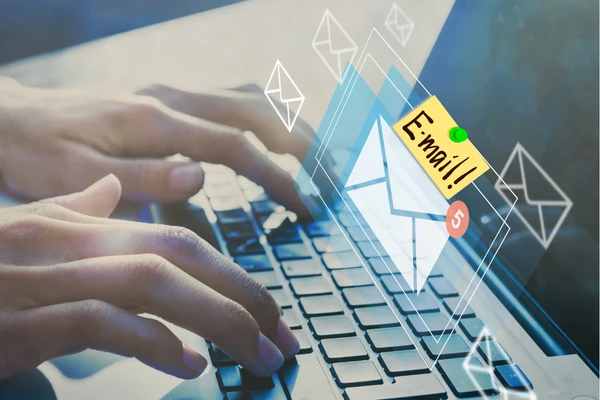
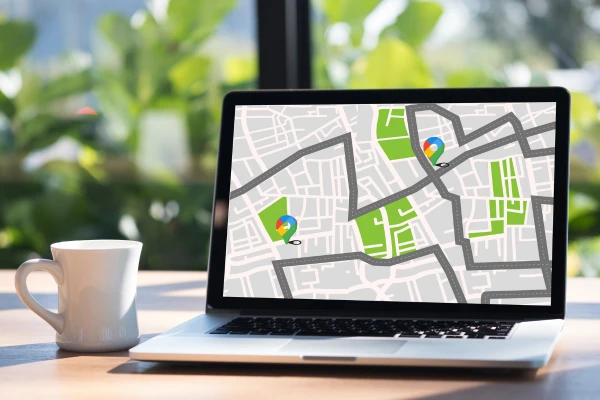




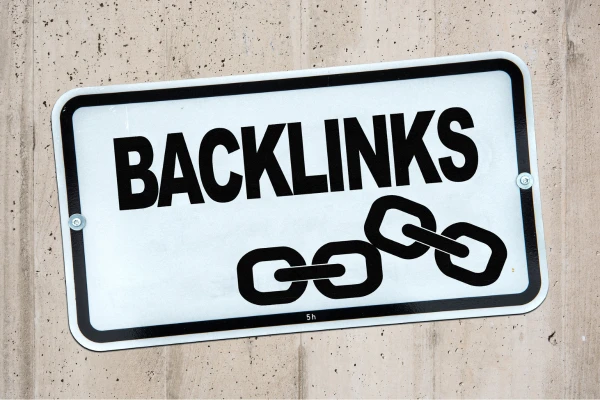


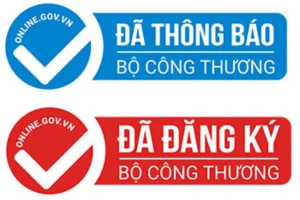
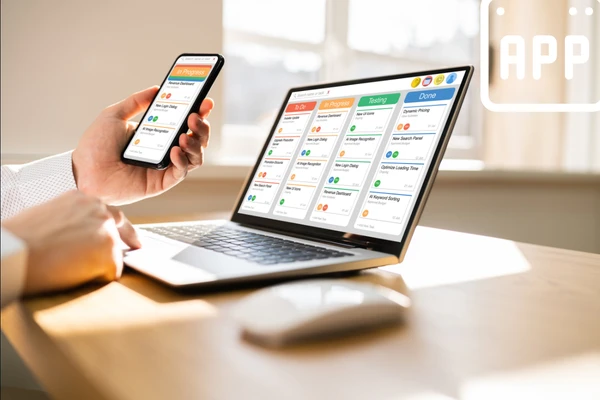
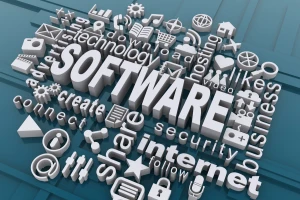
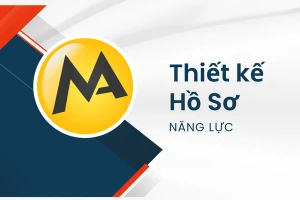





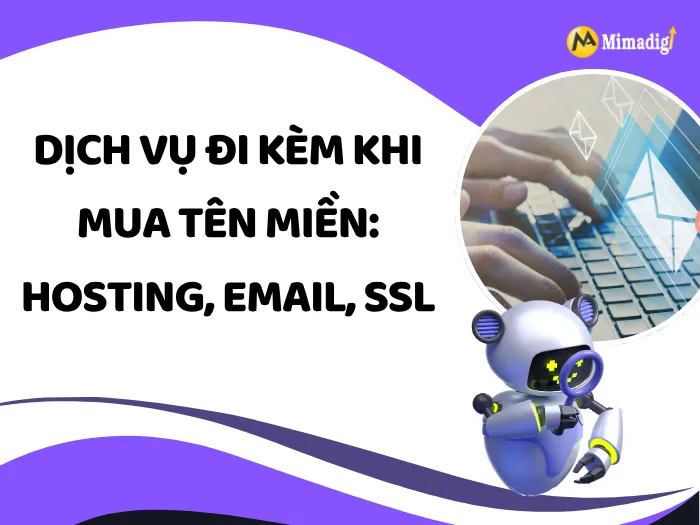




Share your review